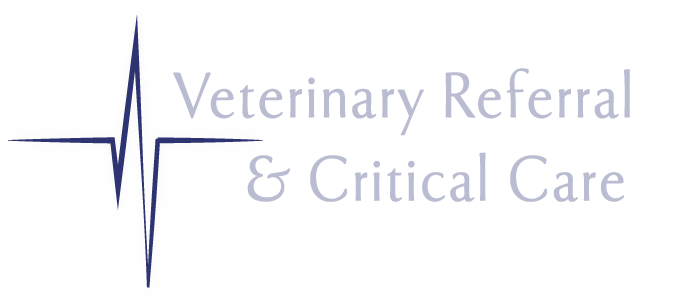 |
Overweight dogs have a higher risk factor for developing cruciate tears and 40-60% of dogs that develop tears in one knee will eventually develop similar problems in the other.
The goal of the TPLO is to reduce pain, improve stability and function of the knee joint, and minimize the progression of arthritis caused by the ligament injury. Below you can see radiograph images from before and after the TPLO when the plate is placed on the bone and the angle reduced.
 |
| After TPLO |
 |
| Before TPLO |
The plate serves to stabilize the two joints in their new position, taking stress off of the torn ligament and thereby eliminating the pain associated with it.
Post-operative care
After surgery, the care the pet receives at home is the key to success. Failing to restrict the pet's activity at first could cause complications requiring an additional surgery to repair. The surgeon will send home detailed instructions on how to care for the pet at home and most will require owners to restrict activity to slow, controlled leash walks while the bone heals, which typically takes 8-12 weeks.
Physical rehabilitation is also highly recommended including passive range of motion and balancing exercises. Walking in the underwater treadmill is also helpful after the incision has healed to allow strengthening of the muscles without placing stress on the joints.
The prognosis for patients that have undergone TPLO surgery is good, with 85-90% of cases reporting improvement. Weight management is crucial for overweight patients in order to lessen the stress on the joints and to prevent similar problems arising in the future.
Cranial Cruciate Ligament Disease. Retrieved from
https://www.acvs.org/small-animal/cranial-cruciate-ligament-disease







